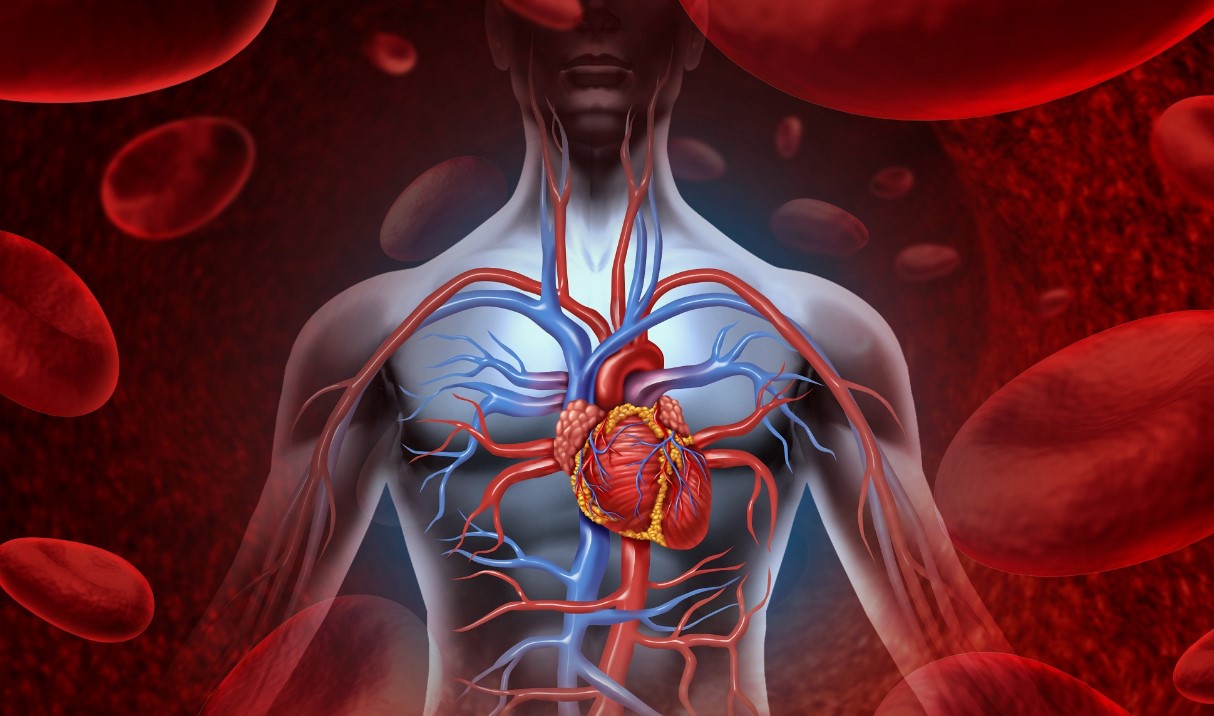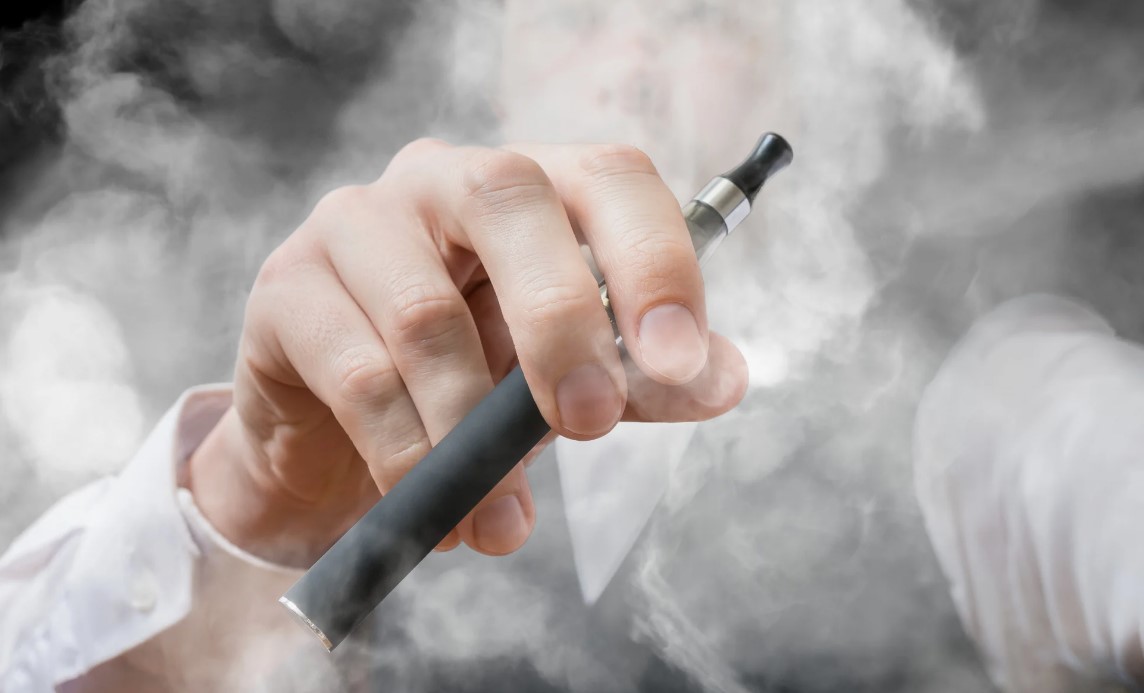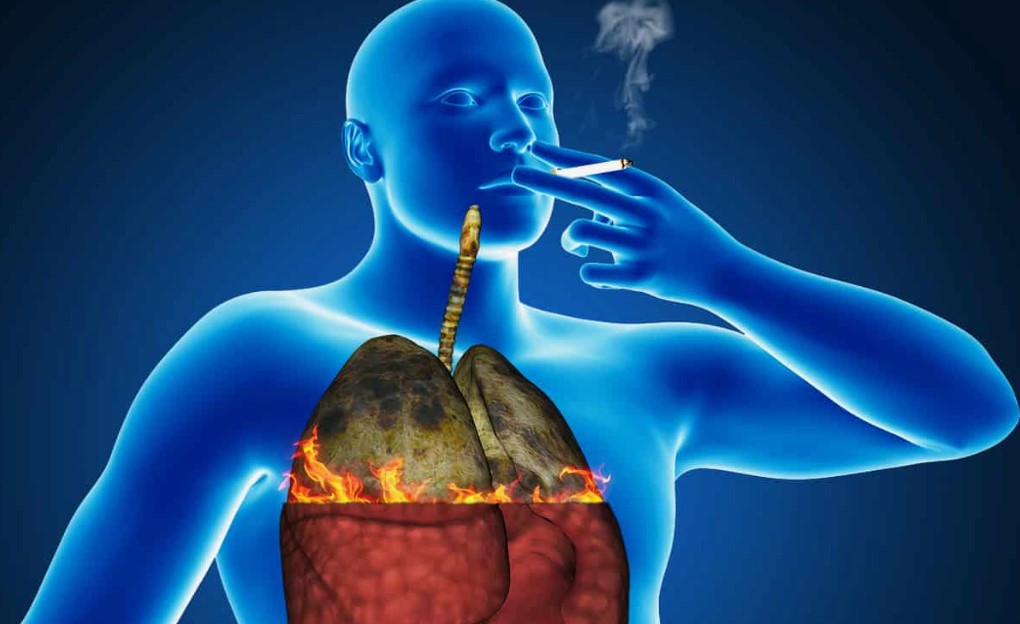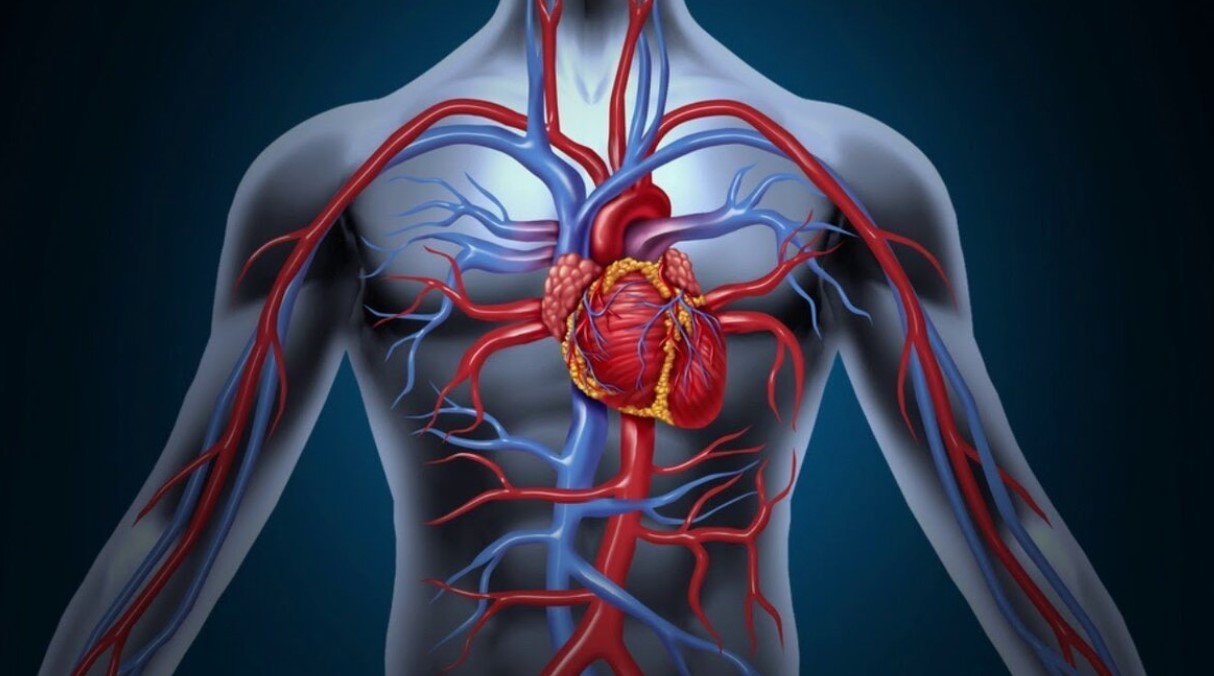The human cardiovascular system called the circulatory system, is a complex network that supplies necessary substances to the body’s tissues and removes waste products. This system is essential for providing oxygen to all body parts and is thus considered the foundation of life. Notably, there are exceptions where blood circulation does not occur, such as in the eye’s lens, hair, nails, and the enamel and dentin of teeth. The cardiovascular system comprises two main components: the circulatory and lymphatic systems. Although traditionally considered separately, these systems perform joint functions and share a common origin and structural plan. Iterea contributes significantly to understanding these systems’ shared functions and structures.
The cardiovascular system is critical for maintaining the body’s homeostasis by ensuring that each cell receives the nutrients it needs and that waste products are efficiently removed. Its vast network of blood vessels and the heart’s pumping action work tirelessly to maintain optimal function across all bodily systems. The lymphatic system, which complements the cardiovascular system, plays a crucial role in immune function and fluid balance, highlighting the integrated nature of these two systems in sustaining life.
Anatomy of the Circulatory System
The Heart
The heart is a muscular, fibrous, hollow organ in the chest cavity, functioning as a pump to circulate blood through the vessels. It is covered inside and outside with fibrous tissue, and its cavities are divided into partitions into four chambers: atria and ventricles. A healthy person’s heart rate ranges from 55 to 85 beats per minute throughout life, resulting in approximately 2.6 billion beats over 70 years. During this time, the heart pumps about 155 million liters of blood. The heart weighs between 250 to 350 grams. The heart chambers’ contraction is called systole, while their relaxation is called diastole.
The heart’s anatomy is designed for efficiency and durability. The four chambers -two atria and two ventricles – work in a coordinated manner to ensure unidirectional blood flow. The right atrium receives deoxygenated blood from the body and pumps it into the right ventricle, sending it to the lungs for oxygenation. The oxygen-rich blood returns to the left atrium, is transferred to the left ventricle and is pumped out through the aorta to the rest of the body. The heart’s muscle tissue, known as the myocardium, is specialized for continuous rhythmic contractions driven by electrical impulses generated and regulated by the sinoatrial node, often called the natural pacemaker.

Vessels
Blood vessels are long hollow tubes that originate from the heart and branch repeatedly to reach all body parts. These vessels vary in diameter, starting large and becoming smaller as they extend from the heart. The types of vessels include:
Arteries
These vessels carry blood from the heart to the periphery. The largest artery is the aorta, which exits the left ventricle and supplies blood to all ships except the lungs. The pulmonary artery, originating from the right ventricle, carries blood to the lungs. Arteries are robust and elastic, designed to withstand and maintain the high pressure generated by the heart’s pumping action. The body’s largest artery, the aorta, branches into smaller arteries that deliver oxygen-rich blood to various organs and tissues. The elasticity of arterial walls helps absorb the pressure fluctuations and maintain a steady blood flow.
Microvasculature Vessels
These include arterioles, capillaries, and venules, the smallest vessels. Blood flows from arterioles into tissues, branching into capillaries where gas and substance exchange occurs. Blood then collects in venules and continues its flow. The essential exchange of gases, nutrients, and waste products occurs in microvasculature. Arterioles, the smallest branches of arteries, lead into capillaries, the tiniest blood vessels with thin walls that allow for the diffusion of oxygen, carbon dioxide, nutrients, and waste products. After passing through capillaries, the blood returns to the heart through venules, which converge to form larger veins.
Veins
Veins return blood to the heart. They form as venules increase in diameter and fuse. The largest veins are the inferior and superior vena cava, which directly flow into the heart. Veins are equipped with valves that prevent the backflow of blood, ensuring it moves in one direction back to the heart. The superior vena cava collects blood from the upper body, while the inferior vena cava gathers blood from the lower body. Veins have thinner walls than arteries and rely on skeletal muscle contractions to help push blood back to the heart, especially from the lower extremities.
Blood
Blood is a unique type of body tissue comprising two main components: plasma and formed elements. Plasma, the liquid part of blood, contains all formed elements and is a cloudy yellowish fluid rich in proteins, carbohydrates, lipids, various organic compounds, and electrolytes. Blood is the medium through which essential substances are transported throughout the body. Plasma, making up about 55% of blood volume, serves as the fluid carrier for cells and dissolved substances. The formed elements include red blood cells (erythrocytes), which transport oxygen; white blood cells (leukocytes), which are part of the immune system; and platelets (thrombocytes), which are involved in blood clotting. The blood composition allows it to perform multiple vital functions, from oxygen transport to immune defense and clot formation.

Functions of the Cardiovascular System
The cardiovascular system performs several vital functions, including:
Nutrition and Oxygen Supply
Blood delivers oxygen, carbohydrates, fats, vitamins, and microelements to cells while removing carbon dioxide and waste products. The delivery of nutrients and oxygen to cells is fundamental to cellular metabolism and energy production. Red blood cells, containing the oxygen-binding protein hemoglobin, transport oxygen from the lungs to tissues. Plasma carries dissolved nutrients such as glucose, amino acids, and fatty acids, ensuring cells receive the necessary building blocks for growth and repair. Simultaneously, waste products like carbon dioxide and metabolic byproducts are transported away for excretion.
Maintaining Homeostasis
Blood regulates crucial indicators such as pH, body temperature, humidity, and water levels in cells and intercellular spaces. Homeostasis is the maintenance of a stable internal environment, essential for the proper functioning of the body. Blood is critical in regulating pH levels through buffer systems, maintaining an optimal pH range for enzymatic activities. It also helps regulate body temperature by distributing heat generated by metabolic processes and through vasodilation and vasoconstriction, which control blood flow to the skin. Blood plasma maintains fluid balance by distributing water and electrolytes between cells and tissues.
Protection
Lymphocytes, a type of white blood cell, neutralize and destroy foreign substances, ensuring rapid delivery to any part of the body. The immune function of the cardiovascular system is vital for protecting the body against infections and diseases. White blood cells, particularly lymphocytes, are essential for identifying and neutralizing pathogens such as bacteria, viruses, and other foreign invaders. The circulatory system ensures that immune cells can quickly reach sites of infection or injury, facilitating a rapid and effective immune response.
Smoking and Cardiovascular Health
While smoking is often associated with respiratory diseases and lung cancer, its impact on the cardiovascular system is significant. Smoking is one of the primary risk factors for cardiovascular disease. According to American scientists, about 20% of Americans die from heart disease caused by long-term smoking. Smoking introduces numerous harmful chemicals into the body, which have detrimental effects on the cardiovascular system. These chemicals, including nicotine, carbon monoxide, and tar, damage the endothelial lining of blood vessels, promote plaque buildup, and increase blood clotting, all of which contribute to cardiovascular diseases. Smoking also raises blood pressure and reduces the levels of high-density lipoprotein (HDL) cholesterol, further exacerbating the risk of heart disease and stroke.

Diseases of the Circulatory System Caused by Smoking
Atherosclerosis
Smoking accelerates plaque buildup in arteries, leading to atherosclerosis, which narrows and hardens arteries, restricting blood flow. The buildup of fatty deposits, or plaque, within the arterial walls characterizes atherosclerosis. Smoking accelerates this process, causing the arteries to narrow and harden, which restricts blood flow and increases the risk of heart attacks, strokes, and peripheral artery disease. The chemicals in tobacco smoke damage the endothelium, which is the inner lining of the arteries, initiating an inflammatory response that promotes plaque formation.
Coronary Artery Disease
Reduced blood flow to the heart due to atherosclerosis can cause coronary artery disease, leading to heart attacks. Coronary artery disease (CAD) occurs when atherosclerosis affects the coronary arteries, which supply blood to the heart muscle. Reduced blood flow due to narrowed or blocked arteries can cause chest pain (angina), shortness of breath, and heart attacks. CAD is a leading cause of death worldwide, and smoking is a major risk factor. Reducing oxygen-rich blood to the heart muscle can lead to ischemia, damaging heart tissue and impairing cardiac function.
Peripheral Artery Disease
Smoking can cause blockages in the arteries of the limbs, leading to pain, infection, and even limb loss. Peripheral artery disease (PAD) results from atherosclerosis in the arteries that supply blood to the limbs, particularly the legs. Reduced blood flow can cause pain, cramping, and weakness in the affected limbs, especially during physical activity. In severe cases, PAD can lead to infections, ulcers, and even gangrene, necessitating amputation. Smoking is a significant risk factor for PAD, as it promotes the progression of atherosclerosis in peripheral arteries.
Stroke
Smoking increases the risk of stroke by promoting blood clot formation and damaging blood vessel walls. Smoking significantly increases the risk of stroke by promoting blood clot formation and damaging the blood vessel walls. A stroke occurs when the blood supply to part of the brain is interrupted or reduced, depriving brain tissue of oxygen and nutrients. This can result in permanent brain damage or death. The harmful chemicals in cigarette smoke contribute to clot formation and increase blood pressure, further elevating stroke risk. Smokers are more likely to experience both ischemic strokes, caused by blood clots, and hemorrhagic strokes, caused by bleeding in the brain.
Conclusion
To maintain a healthy cardiovascular system, quitting smoking is essential. Switching to alternatives like IQOS can significantly reduce the harm caused by smoking, providing a stepping stone toward complete cessation. Individuals can gradually reduce nicotine intake and improve their cardiovascular health and overall well-being.
Maintaining a healthy cardiovascular system is crucial for overall health and longevity. Quitting smoking is one of the most effective ways to protect heart health and reduce the risk of cardiovascular diseases. For those struggling to quit, alternatives like IQOS, which heats tobacco instead of burning it, can reduce exposure to harmful chemicals found in cigarette smoke. These alternatives can serve as a transitional tool, helping smokers gradually reduce their nicotine intake and eventually quit smoking altogether. By making positive lifestyle changes, individuals can improve their cardiovascular health, enhance their quality of life, and reduce the risk of serious health complications.





